Table of Contents
HANDS-ON ELECTRICITY
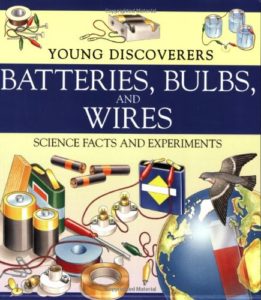
|
David Glover’s Batteries, Bulbs, and Wires (Kingfisher, 2002), illustrated with colorful drawings and photographs, is a short (31 pages) overview of magnetism and electricity with simple hands-on projects, among them lighting up a light bulb with a simple circuit. For ages 5-9. |
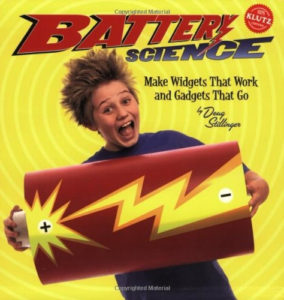
|
Doug Stillinger’s Battery Science: Making Widgets That Work and Gadgets That Go (Klutz, 2003) is a catchily designed collection of electrical projects, with such names as Nervous Noodler, Lie Detector, Bugzilla, Swamp Boat, and Amazing Submergible. Included along with the book is a kit of useful dohickeys, among them a battery, propeller, light bulb, wire, and alligator clips. For ages 8 and up. |
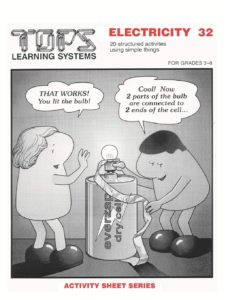
|
TOPScience has two terrific informational activity books on electricity, respectively targeted at grades 3-8 and 8-12. Illustrated instructions are presented in the form of panel cartoons; detailed lesson notes are included. The TOPS program is noted for doing substantive science experiments with very simple equipment – here, for example, think aluminum foil, paper clips, and clothespins. Sample activities from the Electricity modules include experimenting with series and parallel circuits, making electrical puzzles, building a fuse, and exploding a balloon with electricity. The modules are available as softcover books or downloadable e-books. |
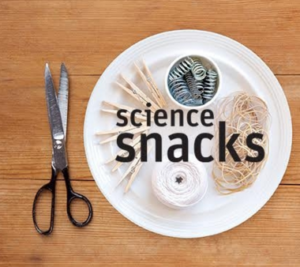 |
From the San Francisco Exploratorium, Science Snacks About Electricity is a collection of short simple experiments (“snacks”) with electricity and magnetism, among them making a Leyden jar, an electrical (static, that is) flea circus, a hand battery, a magnetic pendulum, and an electric motor. |
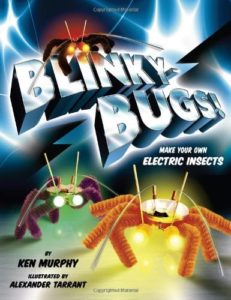 |
With Ken Murphy’s Blinkybug Kit (Chronicle Books, 2010), kids can make their own (blinking) electronic insects. The kit includes all necessary materials and a comic-book-style instruction book. For ages 8 and up. |
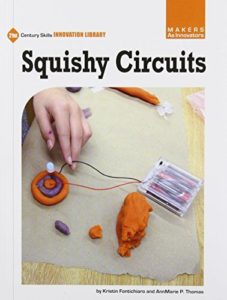 |
Squishy Circuits uses conductive and insulating play dough to light up LEDS, activate buzzers, and spin motors. For ages 7 and up. |
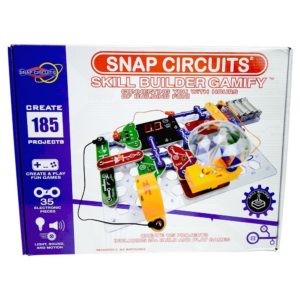
|
Snap Circuits kits contain easy snap-together components that kids can use to build electric circuits and operate working models of various devices, such as a flashing light and howling siren. For ages 8-15. |
| From TeachEngineering, Put a Spark in It! is a multi-part electricity unit targeted at grades 3-5. Included are activities and printable worksheets. | |
| More homemade flashlights! How to Build a Flashlight has a materials list, instructions, and a video guide. |
|
| Electric Switches is a lesson plan for ages 8-11 in which kids learn how switches work, build electric circuits with switches, and draw basic wiring diagrams. Included at the website are downloadable worksheets with background info, diagrams, and instructions. | |
| Electric Circuits is a lesson plan for grades 3-8 in which kids model and build electric circuits, draw circuit diagrams, and test the conductivity of a range of materials. | |
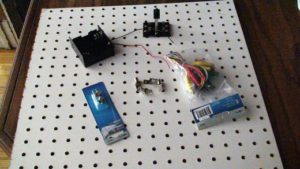 |
Make a Circuit Board has step-by-step instructions for making a circuit board – a great way to demonstrate simple electrical circuits for kids. |
| All Science Fair Projects: Electricity has a list of projects based on electricity and magnetism, among them building a magnetic linear accelerator (which looks fun), testing different combinations of metals in galvanic cells, and experimenting with number of wire coils in electromagnets. | |
| At Electricity and Electronics Science Fair Project Ideas, the projects are categorized by level of difficulty (Beginner, Intermediate, and Advanced). | |
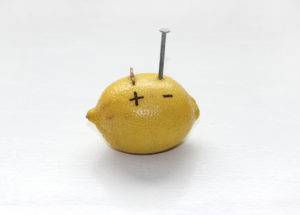 |
Make a battery with a lemon! |
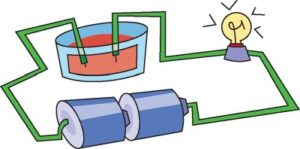 |
Find out how to light a light bulb with (red-dyed) salt water – a.k.a. The Bloody Current experiment. |
 |
Learn how to make a cool electric pinwheel. |
| NeoK12: Electricity has interactive quizzes, games and puzzles, and many short videos on electricity. Titles of the latter include “Electricity and Circuits,” “Voltage and Current,” and “Introduction to Generating Electricity.” | |
| Circuit Breaker is an interactive game in which players try to make a light bulb light up. |
THE FUN OF TAKING THINGS APART
Find out for yourself what makes things go. Disassembling stuff – formally known as “reverse engineering” – is a terrific hands-on learning experience; and almost any yard sale is an inexpensive source of raw material.
 |
From TeachEngineering, Engineering in Reverse! is a hands-on activity targeted at grades 5-8 in which kids disassemble a push-toy, draw diagrams showing how it works, and suggest improvements. |
| For helpful safety tips and instructions on taking old appliances apart, see the Instructables’ How to Take Things Apart Without Killing Yourself. | |
| From Kids Building Things, Taking Things Apart has basic instructions, suggestions for machines to disassemble (and where to find them), and a recommended tool list. | |
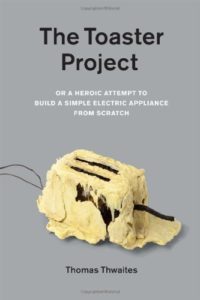
|
Thomas Thwaites’s The Toaster Project (Princeton Architectural Press, 2011) is the story of Thwaites’s struggle to build a toaster from scratch. First step was to deconstruct a toaster – a process any curious kid can relate to – and then to reproduce it, a process which took nine months and a lot of research and ingenuity. A fascinating read for teenagers and adults, after which you’ll never take an appliance for granted again. |
